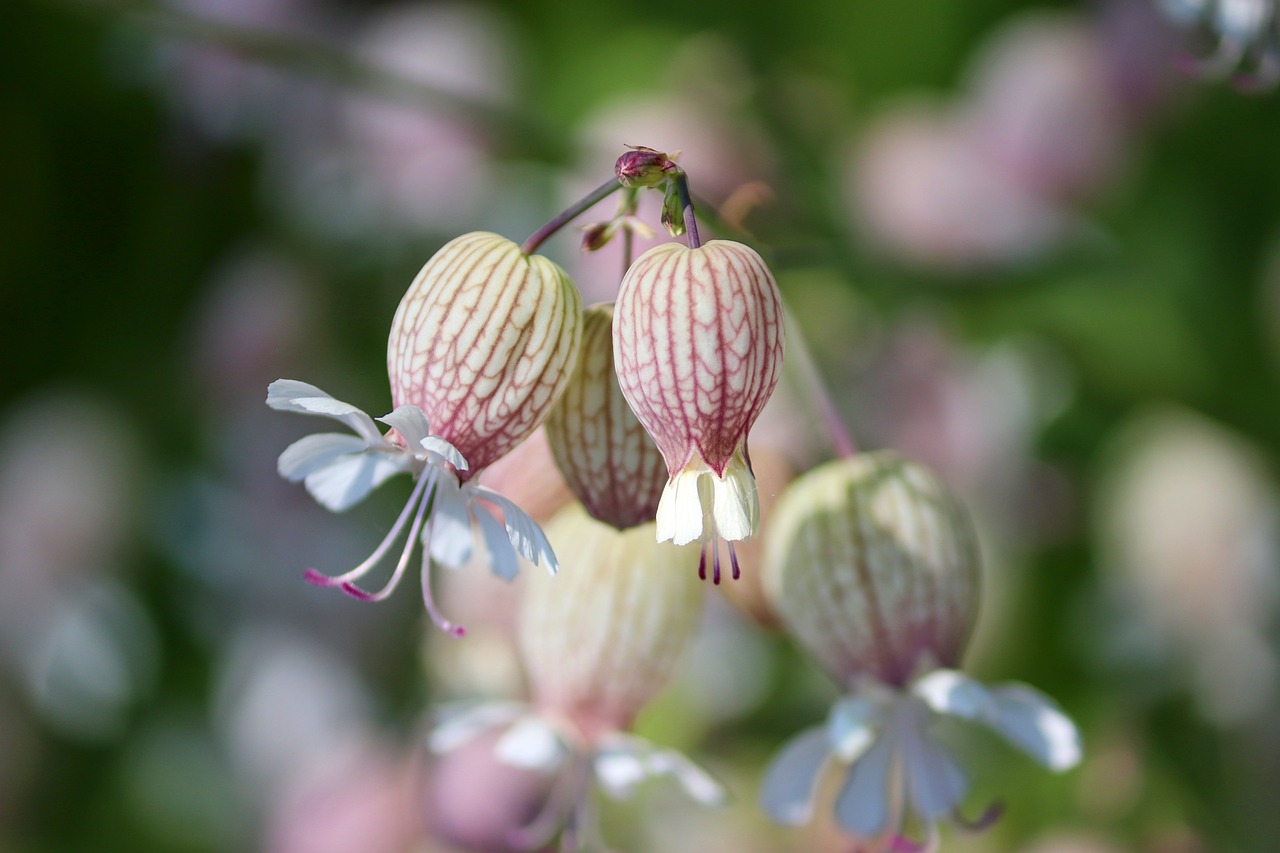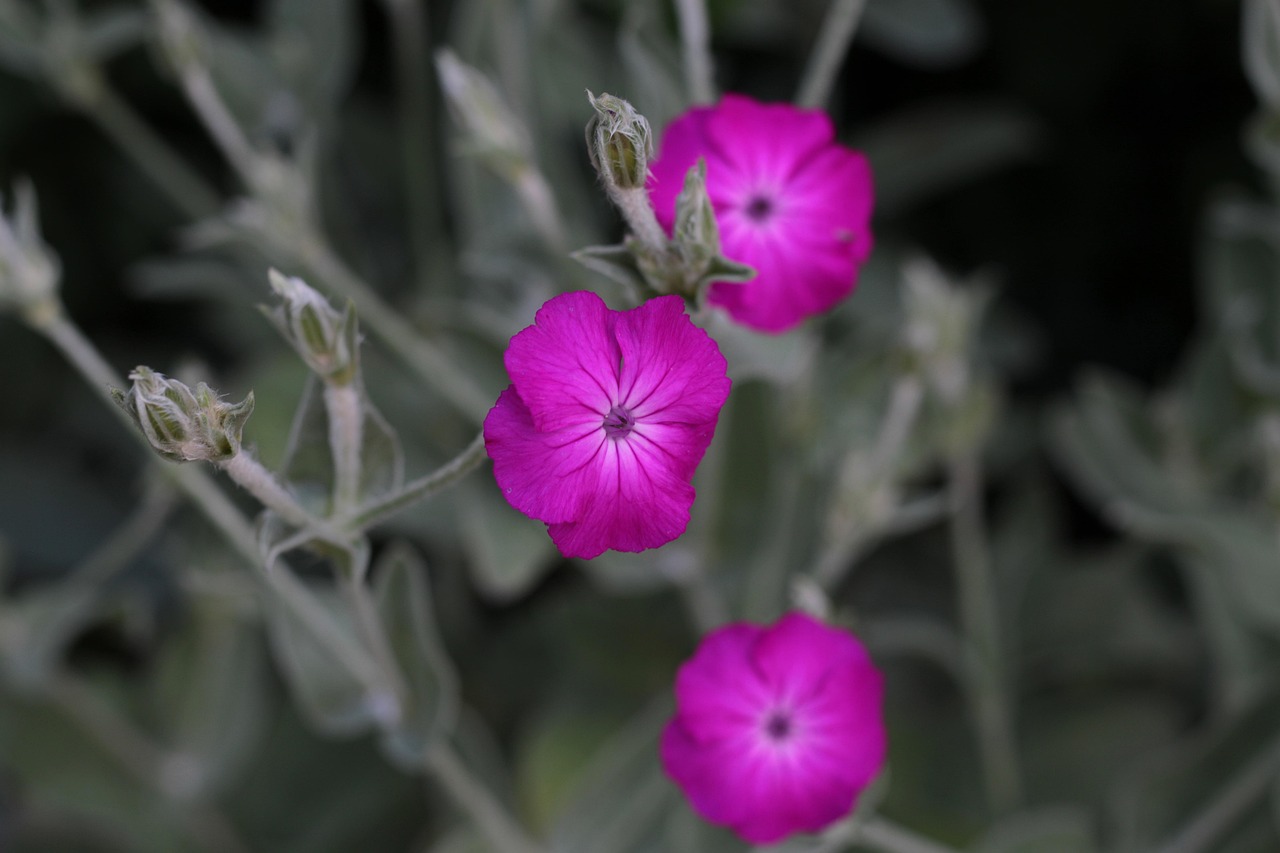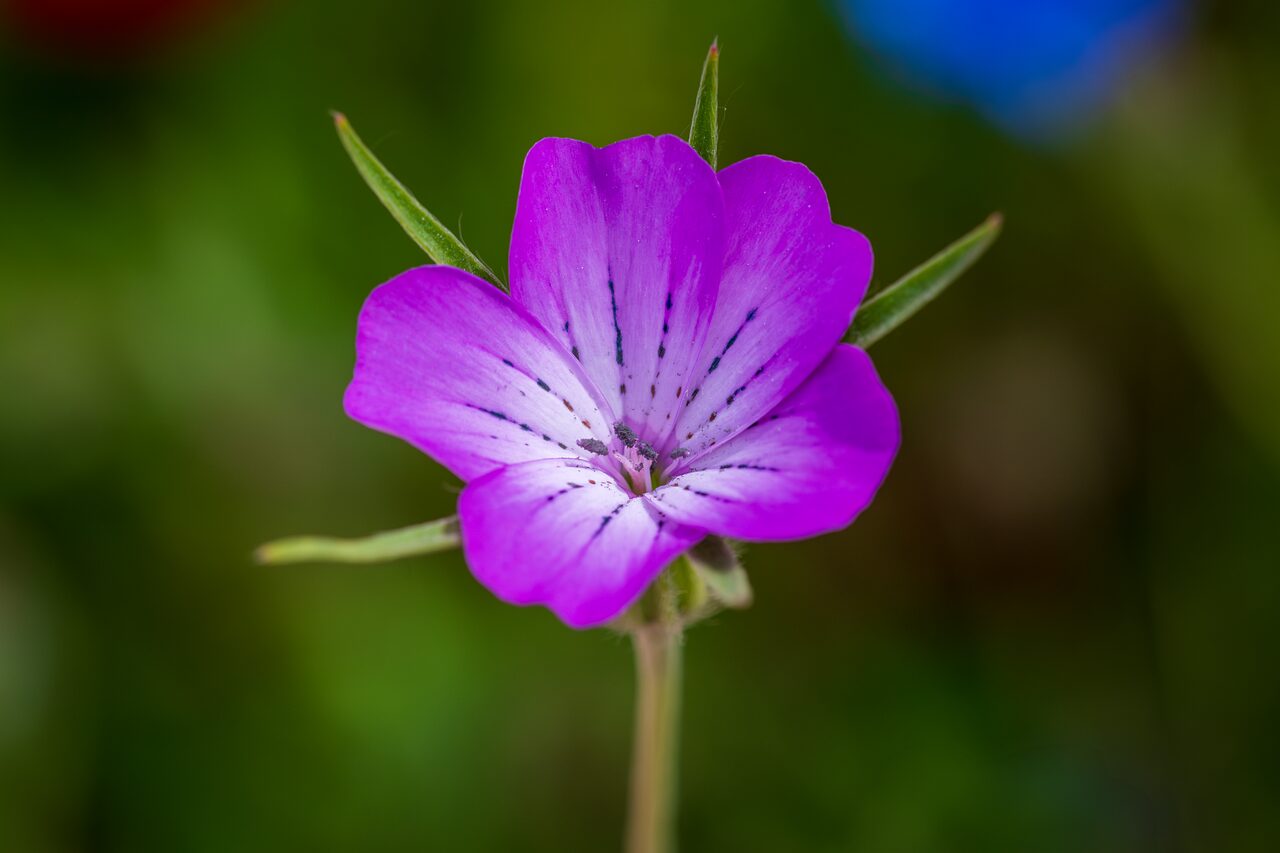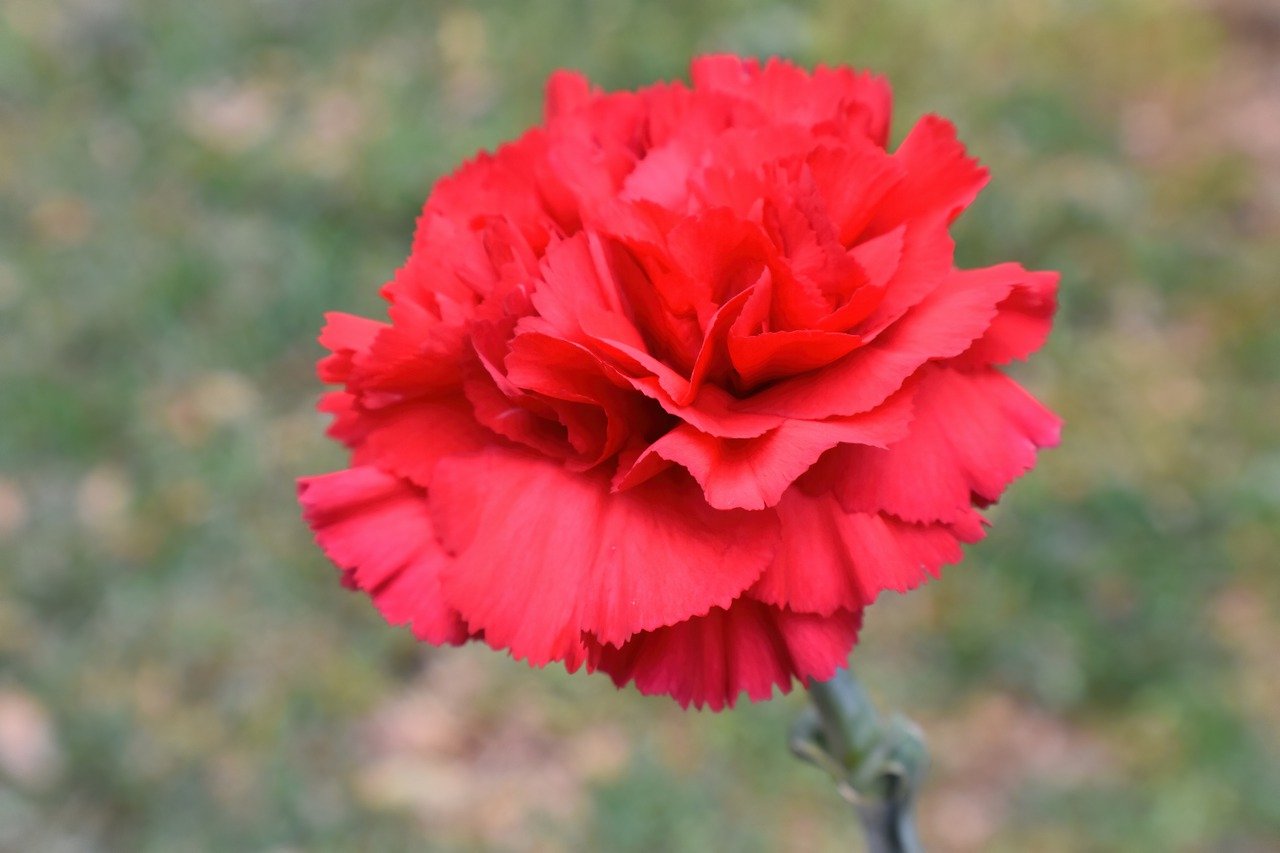Nadeshiko | A Beloved Flower Embodying the Elegance of Japan
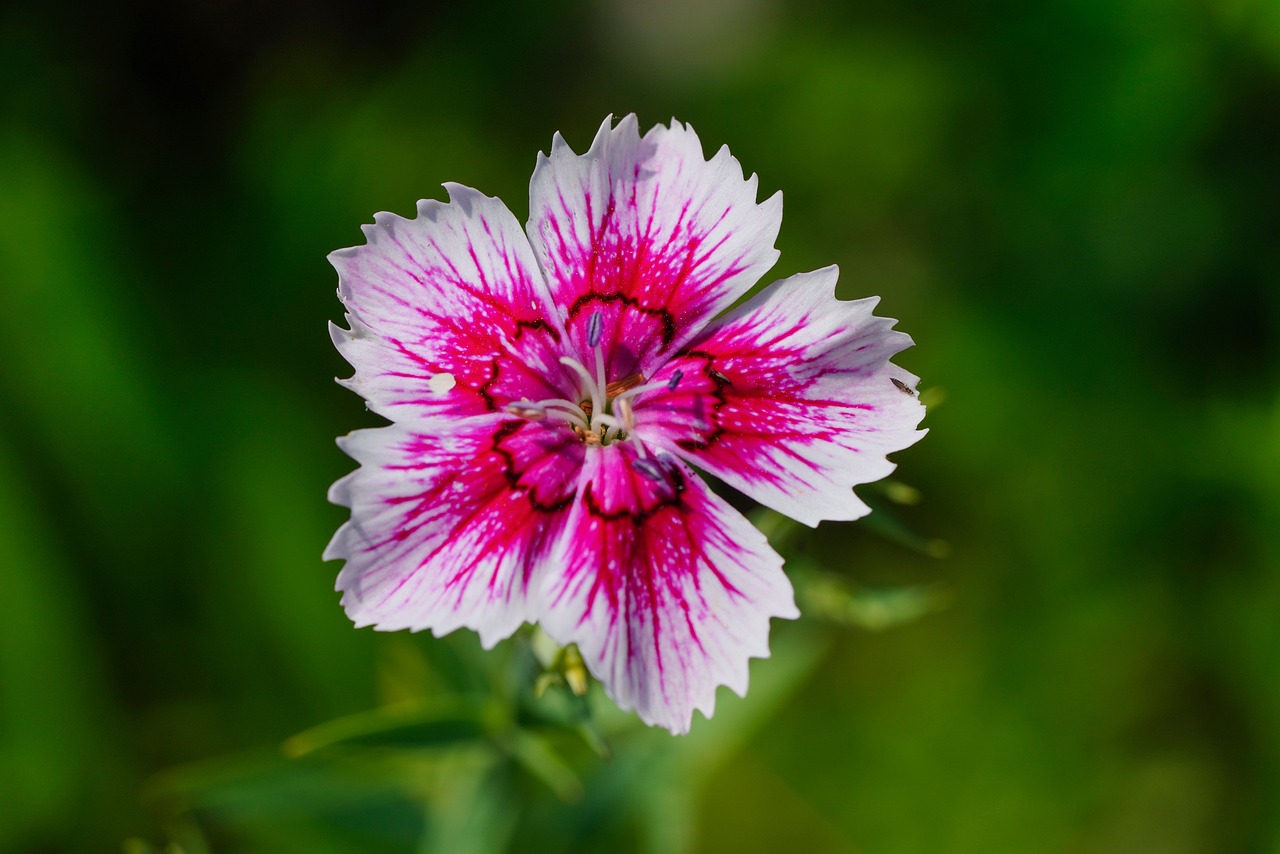
Nadeshiko is a flower deeply rooted in the Japanese landscape, cherished for its delicate appearance and subtle fragrance. As symbolized by the expression “Yamato Nadeshiko”, it has long been associated with the virtues of Japanese women and has been an integral part of Japanese culture.
In this article, I will provide a detailed overview of Nadeshiko, covering its basic information, cultural significance, and tips for gardening.
Basic Information
- Scientific name: Dianthus superbus var. longicalycinus
- Family: Caryophyllaceae
- Origin: Japan, East Asia
- Appearance: Nadeshiko is known for its fringed petals, which come in a variety of colors such as pink, white, and red. The plant grows about 30–50 cm tall, with slender stems and narrow, linear leaves. Its gentle fragrance creates an elegant atmosphere when planted in gardens or flower beds.
- Blooming season: From early summer to autumn (May–October), offering long-lasting beauty.
Cultural Significance Around the World

In Japan, Nadeshiko holds a special place in culture and is often regarded as a symbol of feminine beauty and modesty, expressed in the phrase “Yamato Nadeshiko.” Its flower meanings include “pure love” and “fond affection,” reflecting its delicate and pure image.
In Europe, it is also known as “pinks,” valued for its fragrance and often grown in gardens and flower beds. In the United Kingdom and the United States, it is popular as a Mother’s Day flower and as a symbol of affection, frequently given as a gift to family members or loved ones.
Historical Background
In Japan, Nadeshiko has been admired as one of the “Seven Flowers of Autumn,” often celebrated in classical poetry such as waka and haiku.
It appears in The Pillow Book and The Tale of Genji during the Heian period, where it was cherished among the nobility. During the Edo period, selective breeding advanced, producing many of the beautiful horticultural varieties we see today.
In Europe, Nadeshiko gained popularity as a garden plant around the 17th century, leading to the development of numerous new cultivars that continue to flourish today.
Gardening Advice
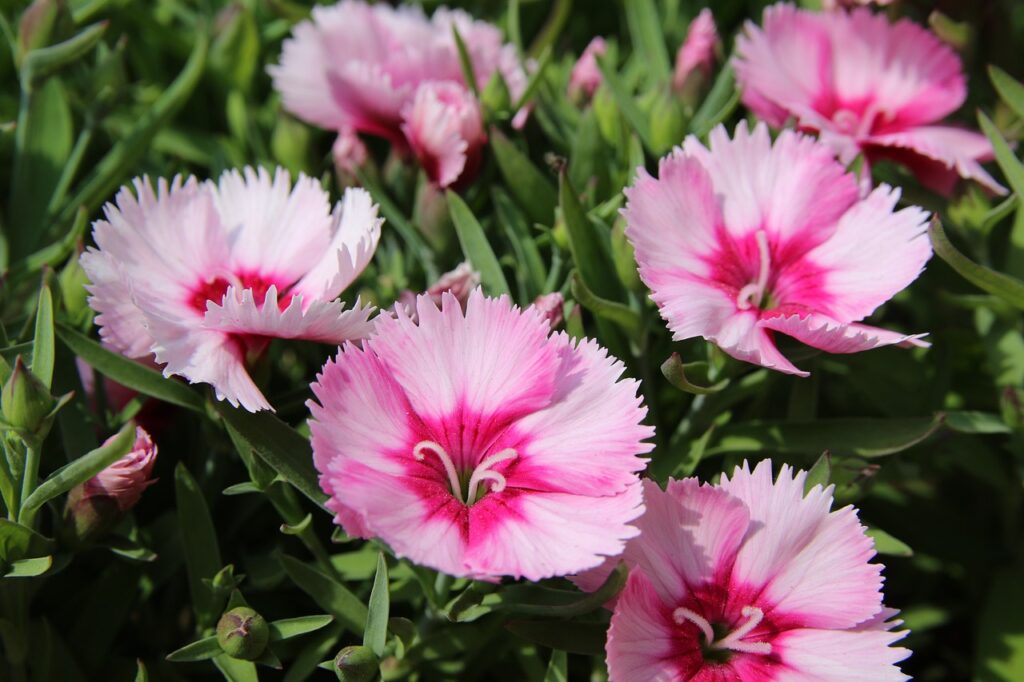
Nadeshiko is relatively easy to grow and thrives in sunny locations. It prefers well-drained soil and can be cultivated both in gardens and in pots. Water generously when the surface soil becomes dry, but be cautious of excessive moisture.
Moderate fertilization in spring and autumn is recommended. After flowering, pruning the spent blooms encourages continuous blossoming. In early spring, trimming the plant helps it maintain a compact, attractive shape.
Nadeshiko is cold-hardy, making overwintering relatively simple, so it can be enjoyed year after year.
Conclusion
Nadeshiko is a flower that embodies the charm and purity of Japan. Its ease of cultivation makes it an excellent choice even for beginner gardeners. Since it blooms over a long period, it is ideal for adding seasonal color to both gardens and pots.
I encourage you to enjoy the beauty of Japan through Nadeshiko and experience the changing seasons it gracefully reflects.

